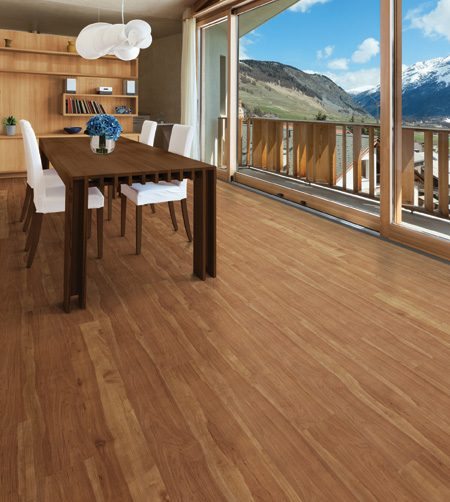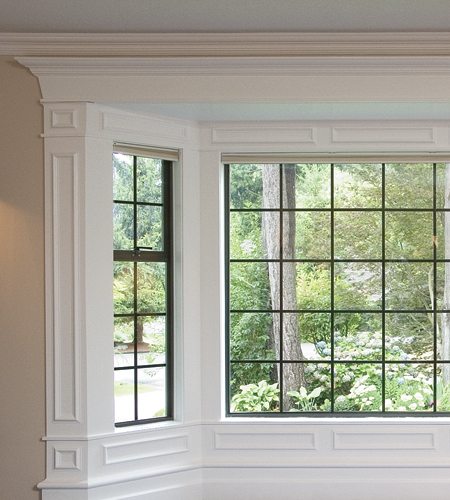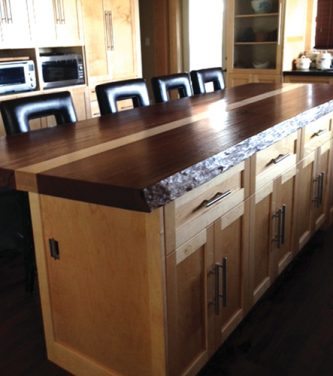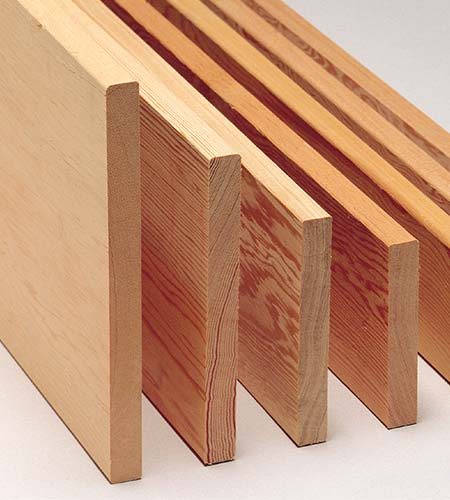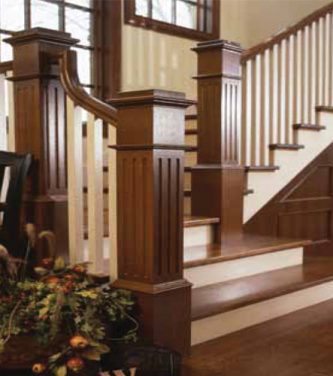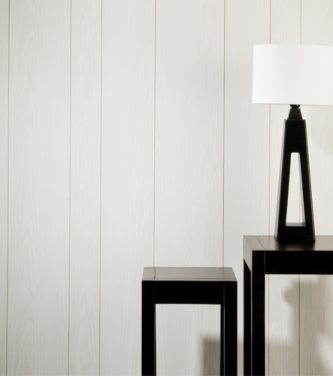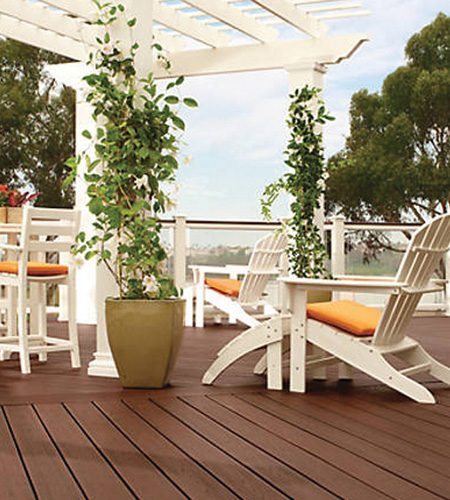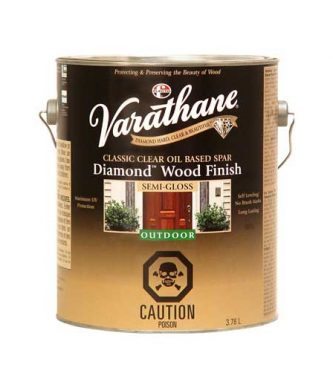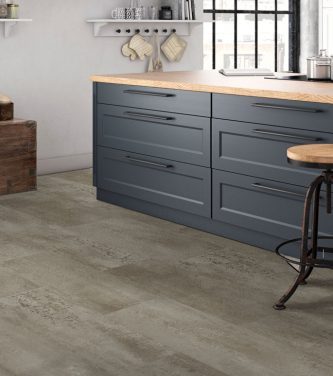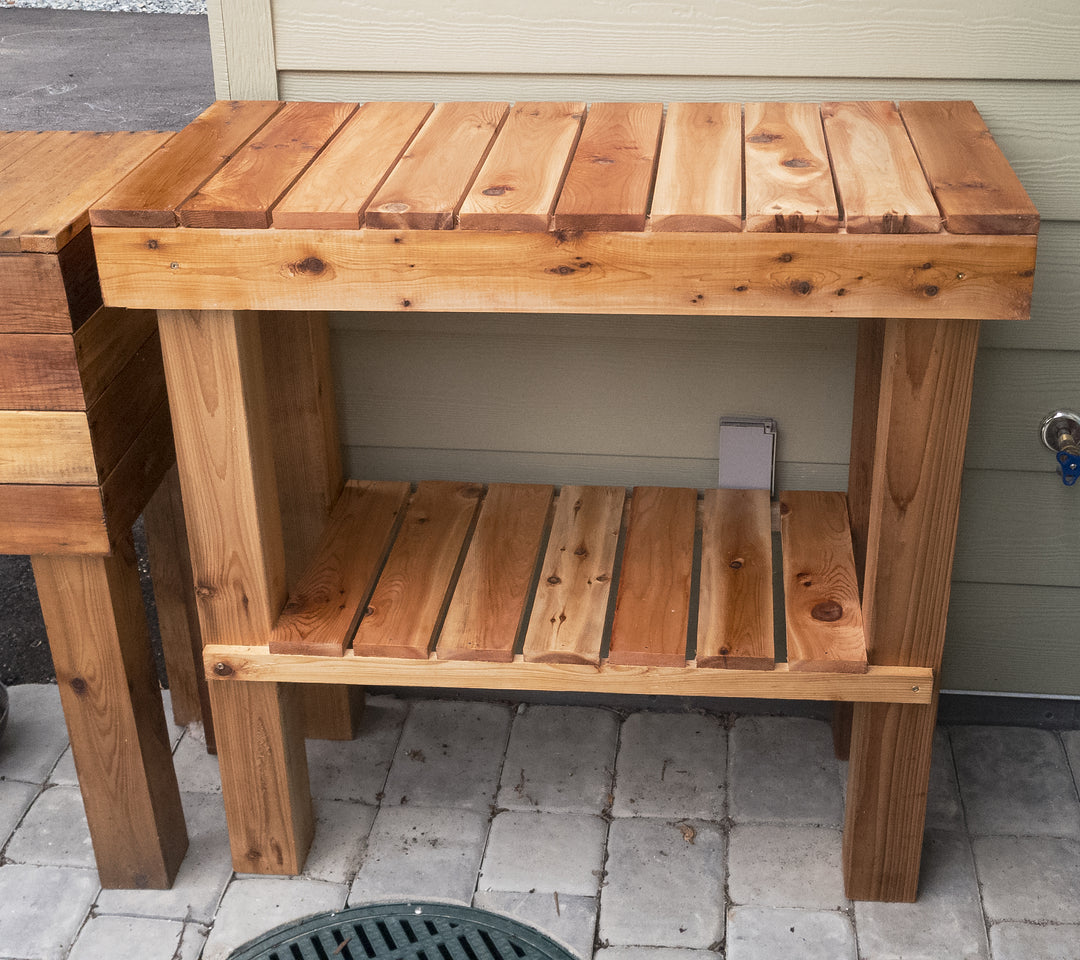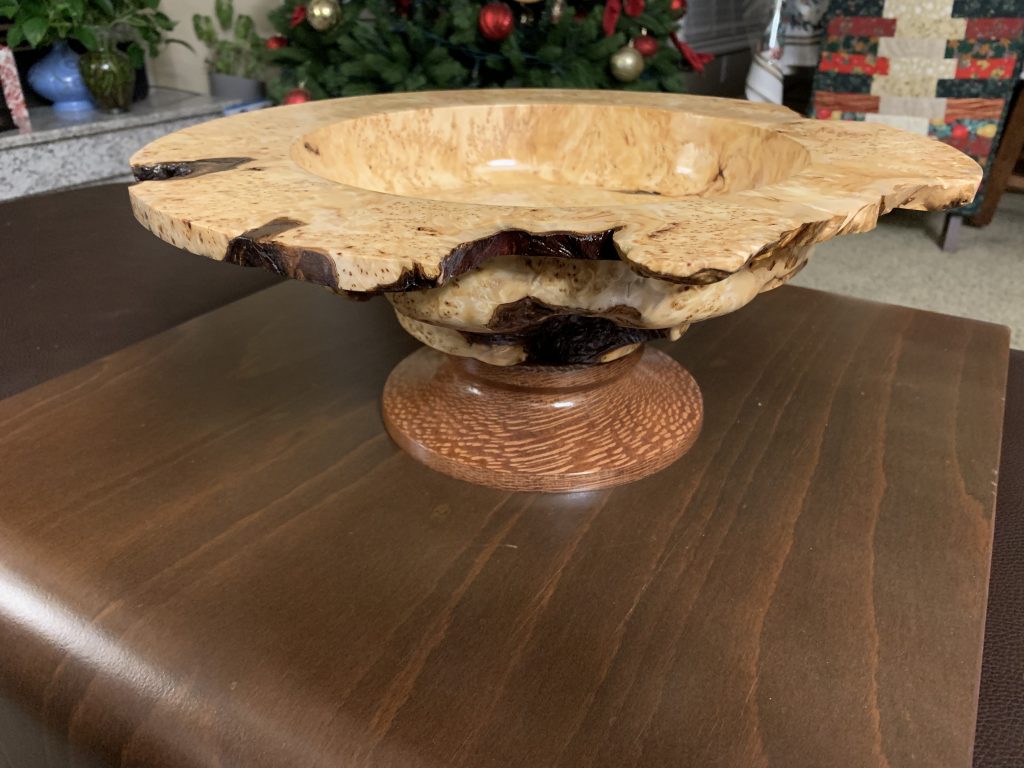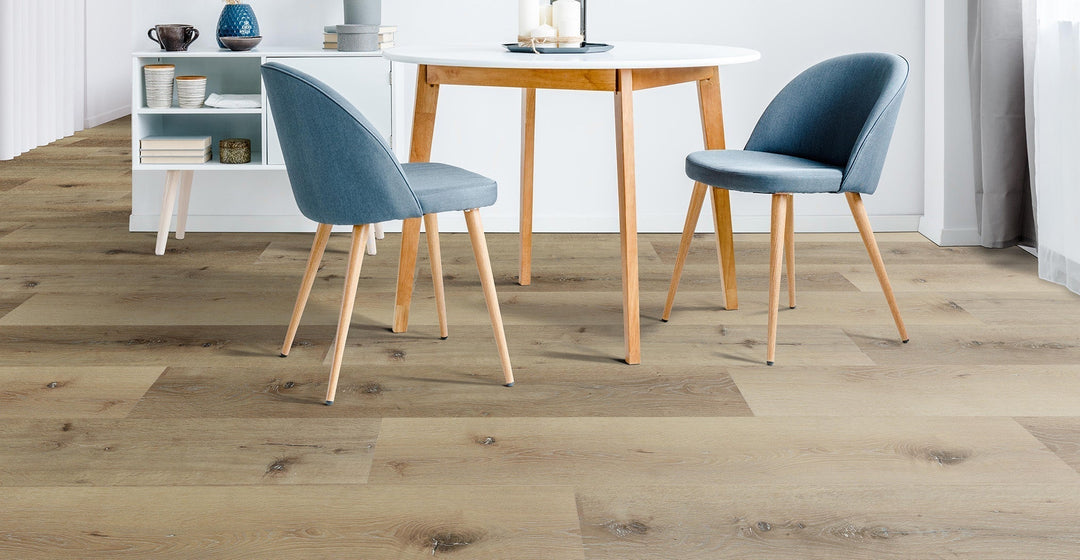How to Age Wood Using Vinegar, Steel Wool and Tea
It’s easy to get a rustic, aged look on wood with simple steps and common household materials. When this process is applied to a new board, it helps match the new piece to naturally aged stock or lets you create your own style. You need distilled white vinegar, grade #0000 steel wool, and strong tea.
Steps
- Pull apart the steel wool and fully submerge it in vinegar for at least 12 hours, or until the pad breaks down. Strain out loose fibers with cheesecloth or a paper filter. The steel oxidizes in acetic acid and creates iron acetate. Safety note: hydrogen gas forms during this process. Do not seal the container. Work in a ventilated area.
- Steep tea for at least 1 hour. Brush tea onto bare wood until saturated. Let the surface dry.
- Brush the iron acetate onto the tea-treated wood in thin, even coats. Let color develop and dry.
Why this works
Tea adds tannins to the surface. Iron acetate reacts with tannins and darkens the wood. Species with higher natural tannin content shift darker than low-tannin species. Test on scrap and record your mix.
Fir swatches side by side
Safety
- Keep the vinegar and steel wool container unsealed in a ventilated space.
- Wear gloves and eye protection.
- Label the jar and keep away from heat and sparks.
- Dispose of steel wool fragments and used rags per local guidelines.
FAQ
Which woods take this treatment best
Oaks and walnut shift darker because they have higher tannin content. Maple, birch, and pine shift lighter. Test a scrap of the same species you plan to finish.
Do I need a pre-stain conditioner
No. The tea and iron acetate cycle replaces traditional stain. Keep coats thin and even. Let each coat dry before the next step.
How do I avoid streaks
Work fast with light coats. Maintain a wet edge. Strain the solution to remove fibers. If tone is uneven, apply a fresh tea pass, let dry, then apply another thin coat of iron acetate.
What topcoat should I use
Choose based on use. Interior furniture: wiping varnish or waterborne polyurethane. High-wear surfaces: floor-rated waterborne poly. Exterior: an exterior oil or a UV-resistant clear per label.
Why does the surface feel rough after drying
Water raises grain. Knock it back with a light pass of dull 220–320 grit. Do not expose fresh wood. Avoid steel wool.
